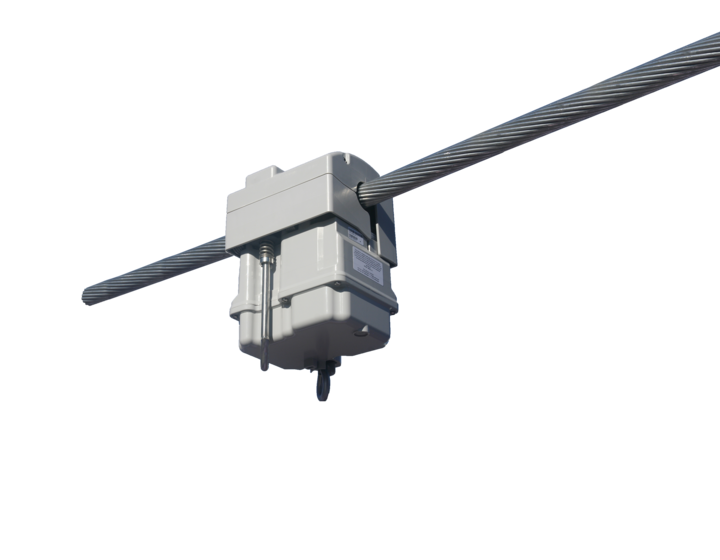The distribution system of the future will have utility, third-party and customer-owned resources impacting the net demand on feeders, transmission lines and central supply systems. This dynamic interplay will require well-defined processes and a new type of distribution planning to meet the complexity and all the requirements for adequate capacity, voltage and protection of the grid.

A new white paper Distribution-Level Integrated Resource Plans: A Necessity for the Future by Landis+Gyr’s Senior Principal Consultant Larry Dickerman, highlights how utilities should evolve resource planning to meet the changes that will affect the grid of the future. The paper covers the historical approach to integrated resource planning and the risks associated with the approach. The paper also covers the historical approach to distribution planning and the key factors to consider, such as load forecasting based on local economy and weather patterns, maintaining adequate voltage and avoiding overloaded primary conductors for normal load.
Utilizing sophisticated integrated resource planning tools, Mr. Dickerman outlines five important technologies utilities can apply to keep pace with the fast-moving changes of the future grid:
- Distributed renewables are front and center due to the falling price of solar cells and installed solar prices, making home and business use of solar panels more attractive. With high concentrations of renewable energy on distribution feeders, utilities can utilize integrated resource planning processes to maintain adequate voltage on each feeder.
- Battery energy storage has dropped in price over the past few years, resulting in utilities looking at energy storage as an alternative to distribution, transmission and generation capacity investments. Battery energy storage offers the possibility of solving multiple problems at the same time. The highest value is created when the batteries are installed on the distribution system.
- Voltage and VAR control have been integral to utility operations since the beginning of the industry. In recent years, it has been recognized that voltage and VAR control can be managed to reduce energy use, reduce peak demand or decrease system technical losses. As a result, voltage and VAR control have become an option for distribution and integrated resource planning.
- Distributed fuel cells and fossil fuel generation, the technology for efficiently utilizing fossil fuels at a local level is advancing rapidly. Internal combustion technology continues to improve in efficiency and durability as well. Coupled with low prices for natural gas and petroleum products, distributed fuel cells and fossil fuel generation may become an attractive option to larger central generation. In addition to meeting overall supply (generation) needs, integrated resource planning will offer benefits to include the deferral of distribution and transmission capacity needs and improve resiliency for critical customers in major outage events.
- Demand response has been used for years to reduce peak demand for utilities. Utility planners use demand response programs as a resource option to balance supply and demand. Consequently, demand response programs are often part of a utility’s integrated resource plan, making demand response an attractive option for both distribution and integrated resource planning.
In need of a well-defined process and a time series feeder analysis solution, integrated resource planning tools will help utilities properly plan a more complex grid. As distribution systems evolve, leveraging advanced analytics solutions will play an important role. Built on a powerful Advanced Grid Analytics platform, Landis+Gyr’s comprehensive suite of applications can help utilities with the type of sophisticated, data-driven planning required to future proof the grid.












Leave a comment